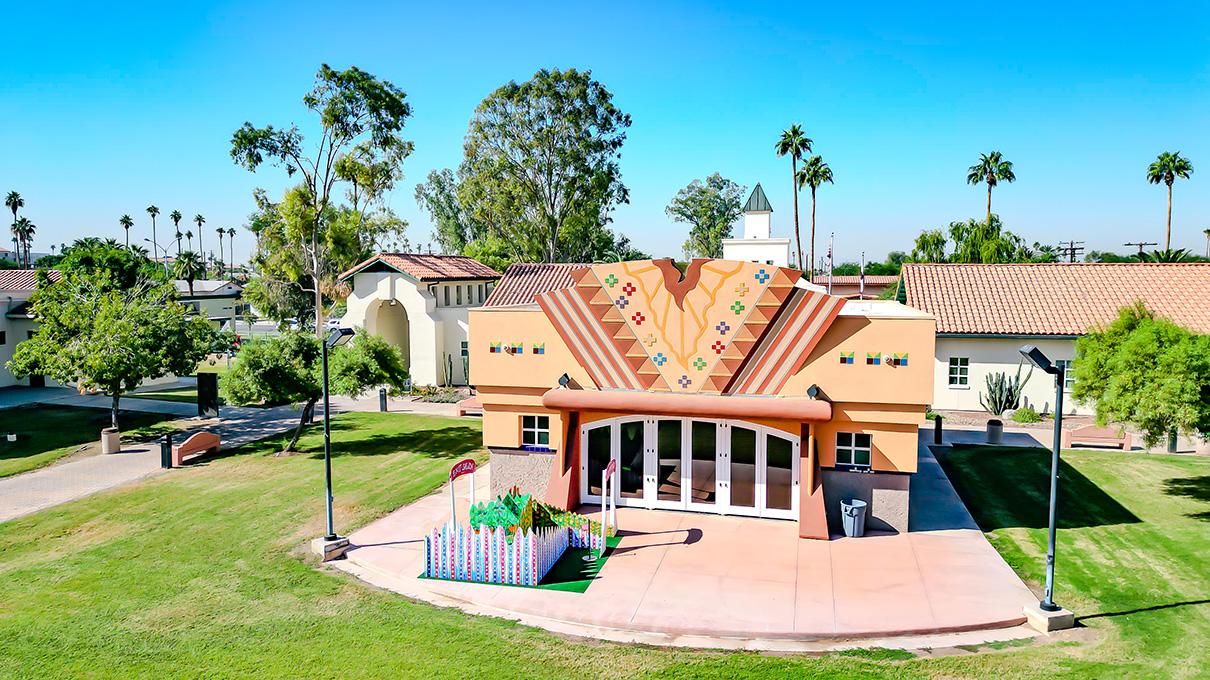Grad Rates, Diversity Soar
Students set new records of success on all fronts.

San Diego State University students have set new records in graduation and continuation rates.
And new campus census numbers released today show that SDSU continues to be a national leader in eliminating the “achievement gap” between students of color and their counterparts.
The six-year graduation rate, which is the national benchmark for graduation rates, is at an all-time high of 66.5 percent at SDSU, up from 65.7 percent last year. For students of color, that number is at a record 63.5 percent, an increase from 61.3 percent in 2011.
A leading indicator of graduation rates is the continuation rate from freshman to sophomore year. Among freshmen who began classes in 2011, 88.5 percent are enrolled again this fall, an increase from last year’s 88.3 percent. Additionally, 87.4 percent of freshmen of color who enrolled in fall 2011 are enrolled in their second year this fall, maintaining the same percentage as last year.
The fall 2010 rate of 88.3 percent was higher than the 2009 rate of 82.3 percent, showing steady progress in this area.
According to The National Center for Higher Education Management Systems, the national average in 2010 for freshmen continuing on to their second year of college was 78.4 percent. In California that number was 85.7 percent.
“It is extremely gratifying that even under such challenging economic conditions, the programs established to support student success remain highly effective and enable our students to flourish,” said SDSU Provost Nancy Marlin.
One-year continuation rates
A total of 31,597 students are enrolled at SDSU this fall. On the San Diego campus there are 4,139 first-time freshmen and 3,460 undergraduate transfer students. New freshmen have entered SDSU as some of the most prepared students the university has ever seen, with an average high school grade point average of 3.61 and an average SAT score of 1087.
These students’ hard work in high school has translated to college, as the average unit load for first-time freshmen is at 15, up from 14.9 last year. Overall, SDSU students are taking an average of 13.8 units, an increase from 13.7 in 2011.
Undergraduate diversity
The 2012 freshman class is also the most ethnically diverse SDSU has ever enrolled, with 56.1 percent considered students of color. Of those, 30.3 percent are Hispanic — the highest percentage of Hispanic students ever. Students of color now make up 52.6 percent of SDSU’s total student population. Last year that number was 50.7 percent.
“We are especially proud of the work we have done in ensuring that all our students are successful,” Marlin said. “Diversity is an integral aspect of life at San Diego State. But equally important is that students from varying backgrounds succeed and excel.”
SDSU continues to be one of the most popular universities in the nation, with 70,059 applications for the fall 2012 semester. The application period for fall 2013 is open now through November 30, 2012.
Closing the achievement gap
A number of programs can be credited for helping accelerate the increase in continuation rates, such as the Early Start and the Summer Bridge Programs. Both enroll students in a five-week summer session the summer prior to the start of their freshman year and help them become more academically prepared for the rigor of college coursework.
Additionally, all students are given Major Academic Plans – MAPS – to follow and enroll in courses in their first year that provide foundational academic work and apply to any major.
Early Start enrolls local students who need remediation in math and/or writing and Summer Bridge is for all new Educational Opportunity Program students.
The requirement that freshman students from outside the local area live on campus also contributes to the continuation rate increase. Studies have shown that students who live on campus are more likely to continue on to their second year; are less likely to go on academic probation; and are more likely to graduate at a faster pace than students who do not live on campus.
Residential learning communities link the living environment with specific academic experiences, helping freshmen students make connections between life inside and outside the classroom. Students are currently participating in 16 living-learning communities such as Science, Technology and Math, Social Activism and Global Environments and Emerging Leaders.


